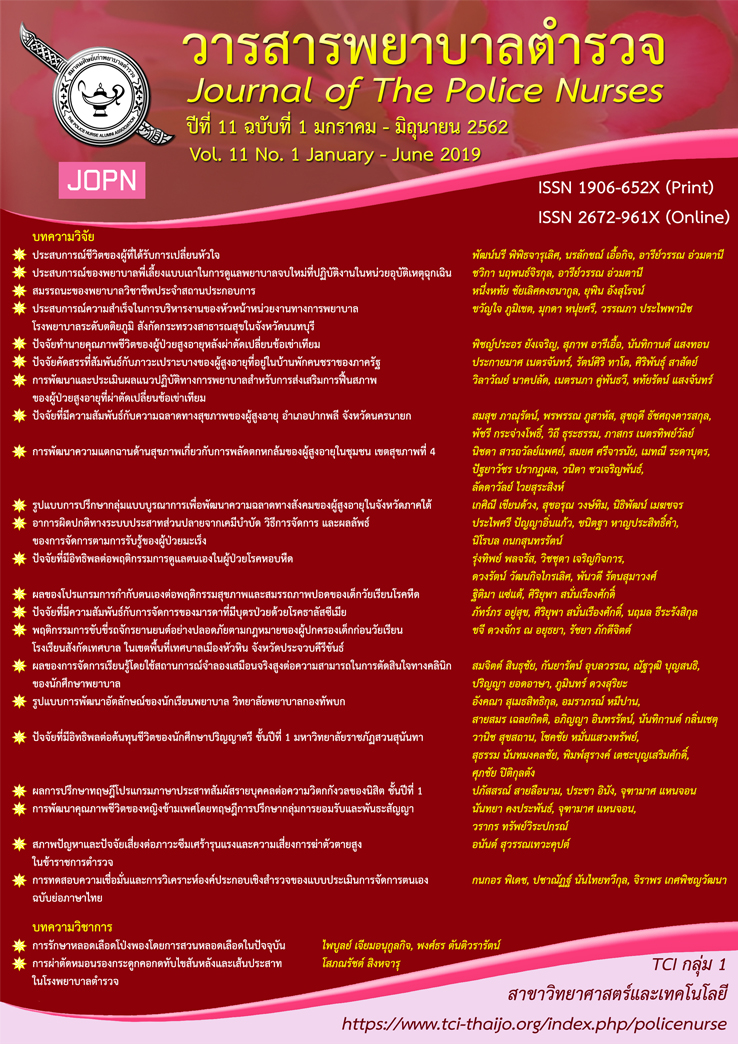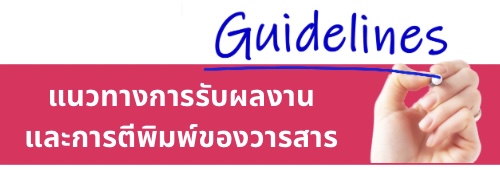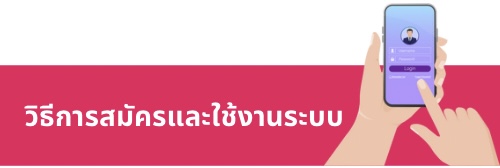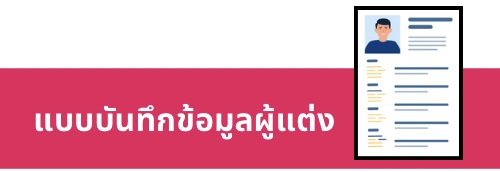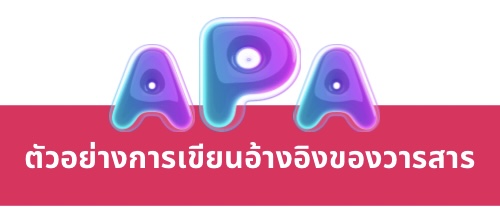ผลการปรึกษาทฤษฎีโปรแกรมภาษาประสาทสัมผัสรายบุคคล ต่อความวิตกกังวลของนิสิตชั้นปีที่ 1
คำสำคัญ:
ความวิตกกังวล, ทฤษฎีโปรแกรมภาษาประสาทสัมผัส, เทคนิคการสร้างทรรศนะใหม่ใต้จิตสำนึกแบบองค์รวมบทคัดย่อ
การวิจัยนี้เป็นการวิจัยเชิงทดลองเพื่อศึกษาผลการปรึกษาทฤษฎีโปรแกรมภาษาประสาทสัมผัสด้วยเทคนิคการสร้างทรรศนะใหม่ใต้จิตสานึกแบบองค์รวมต่อความวิตกกังวลของนิสิตชั้นปี 1 ตัวอย่างเป็นนิสิตปริญญาตรีชั้นปี 1 คณะศึกษาศาสตร์ มหาวิทยาลัยบูรพา ปีการศึกษา 2558 ภาคเรียนปลาย ที่มีคะแนนความวิตกกังวลจากแบบวัดความวิตกกังวลตั้งแต่ 35 คะแนนขึ้นไปจำนวน 58 คน ใช้การสุ่มอย่างง่ายแบ่งเป็น 2 กลุ่ม คือ กลุ่มทดลองและกลุ่มควบคุม กลุ่มละ 29 คน เครื่องมือที่ใช้ในการวิจัย ได้แก่ แบบวัดความวิตกกังวล และโปรแกรมการปรึกษารายบุคคลทฤษฎีโปรแกรมภาษาประสาทสัมผัส ด้วยเทคนิคการสร้างทรรศนะใหม่ใต้จิตสำนึกแบบองค์รวมที่ผู้วิจัยสร้างขึ้น จำนวน 2 ครั้ง ครั้งละ 40-60 นาที แบ่งเป็น 3 ระยะ ได้แก่ ระยะก่อนการทดลอง ระยะหลังการทดลอง และระยะติดตามผล วิเคราะห์ข้อมูลความแปรปรวนแบบวัดซ้ำและทำการทดสอบความแตกต่างรายคู่ของกลุ่มทดลองด้วยวิธีของนิวแมน-คูลส์
ผลการวิจัยพบว่า มีปฏิสัมพันธ์ระหว่างวิธีการทดลองและระยะเวลาการทดลอง อย่างมีนัยสำคัญทางสถิติ (p < .05) นิสิตปริญญาตรี ชั้นปี 1 คณะศึกษาศาสตร์ กลุ่มทดลองมีความวิตกกังวลต่ำกว่านิสิตปริญญาตรี ชั้นปี 1 คณะศึกษาศาสตร์ กลุ่มควบคุมระยะหลังการทดลองอย่างมีนัยสำคัญทางสถิติ (p < .05) นิสิตปริญญาตรี ชั้นปี 1 คณะศึกษาศาสตร์ กลุ่มทดลองมีความวิตกกังวลต่ำกว่านิสิตปริญญาตรี ชั้นปี 1 คณะศึกษาศาสตร์ กลุ่มควบคุมระยะติดตามผล อย่างไม่มีนัยสำคัญทางสถิติ และนิสิตปริญญาตรี ชั้นปี 1 คณะศึกษาศาสตร์ กลุ่มทดลองมีความวิตกกังวลระยะหลังการทดลองต่ำกว่าระยะก่อนทดลอง อย่างมีนัยสำคัญทางสถิติ (p < .05) และนิสิตปริญญาตรีชั้นปี 1 คณะศึกษาศาสตร์ กลุ่มทดลองมีความวิตกกังวลในระยะติดตามผลต่ำกว่าระยะก่อนการทดลอง อย่างไม่มีนัยสำคัญทางสถิติ
Downloads
เอกสารอ้างอิง
Howell, D. C. (1997). Statistical methods for psychology (4th ed.). Belmont, CA: Thomson Wadsworth.
Howell, D. C. (2007). Statistical methods for psychology (6th ed.). Belmont, CA: Duxbury Press
Spielberger, C. D. (1983). State-trait anxiety inventory a comprehensive bibliography. Palo Alto, CA: Consulting Psychologists Press.
Spielberger, C. D., Reheiser, E. C., Reheiser, J. E., & Vagg, P. R. (2000). Measuring stress in the workplace: The job stress survey. Stress and Health, Research and Clinical Applications, 16(32), 397-409.
Thaithani, P. (2010). The teaching professional practicum anxiety reduction by global anchoring technique based on neuro linguistic programming. KKU Research Journal, 15(3). 227-236
Villar, I. V. G. (1997). The Unconscious Mind: Our creative consultant. Manila, Philippines: PeimonPress.
Wisessuwan, A. (2012). Theory of neuro linguistic programming (2nd ed.). Chon Buri: Department of Guidance and Educational Psychology, Faculty of Education, Burapha University.
ดาวน์โหลด
เผยแพร่แล้ว
รูปแบบการอ้างอิง
ฉบับ
ประเภทบทความ
สัญญาอนุญาต
ผลงานที่ได้ตีพิมพ์แล้วจะเป็นลิขสิทธิ์ของวารสารพยาบาลตำรวจ

